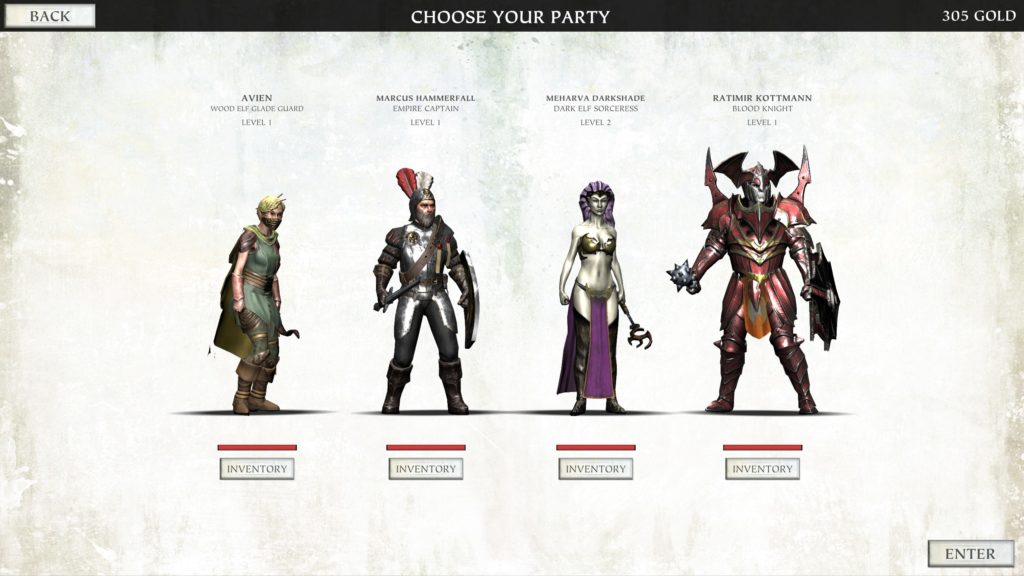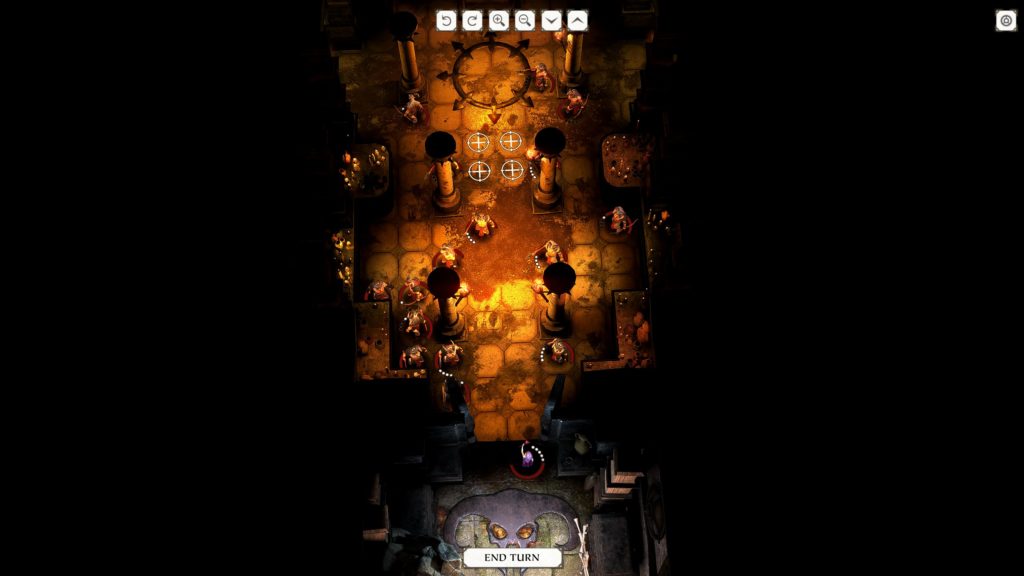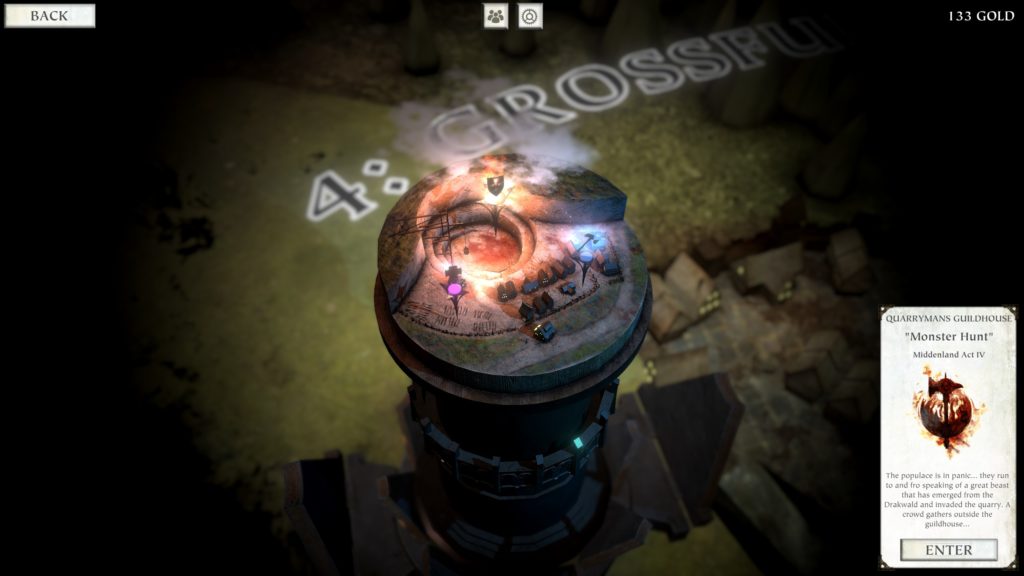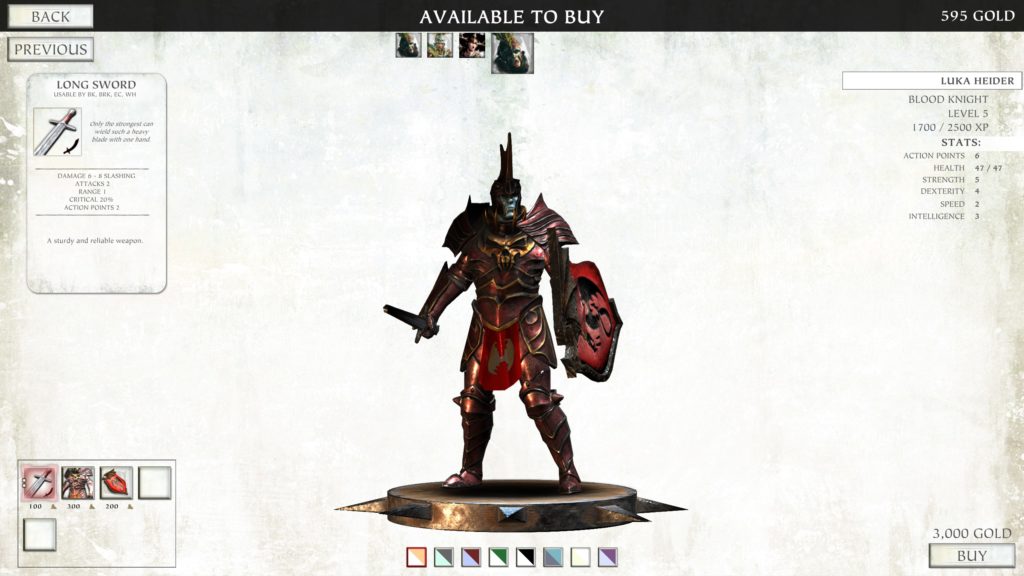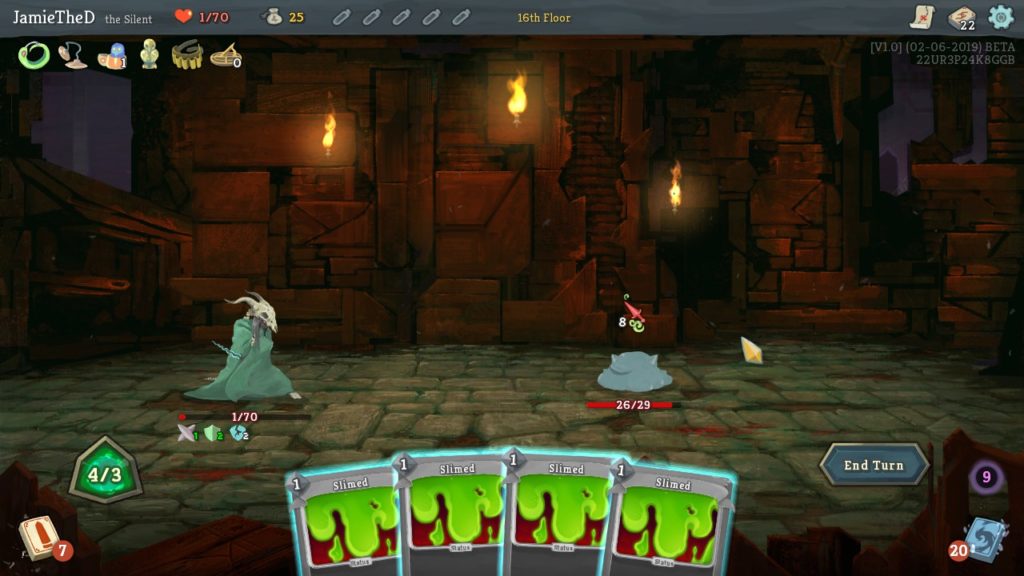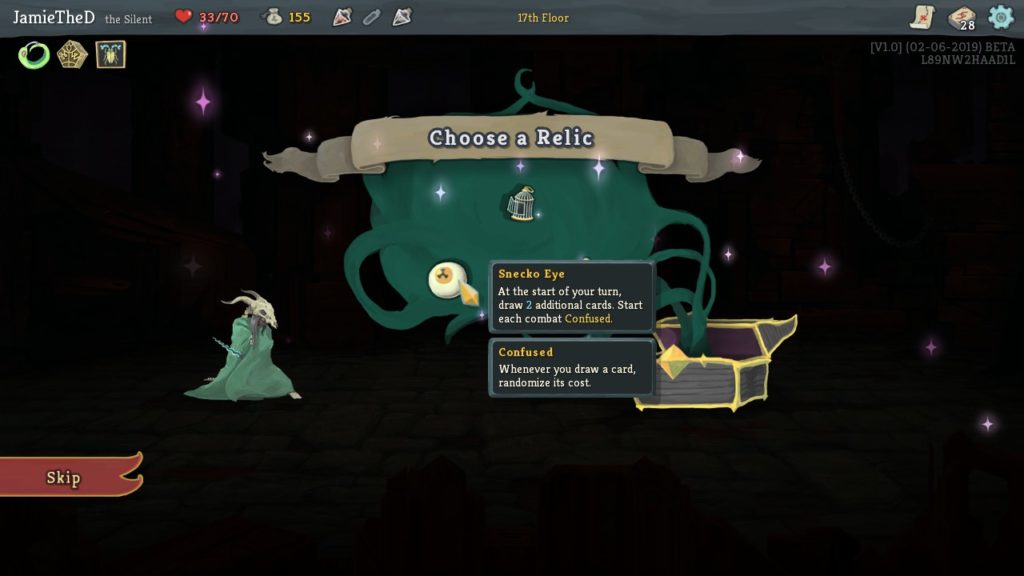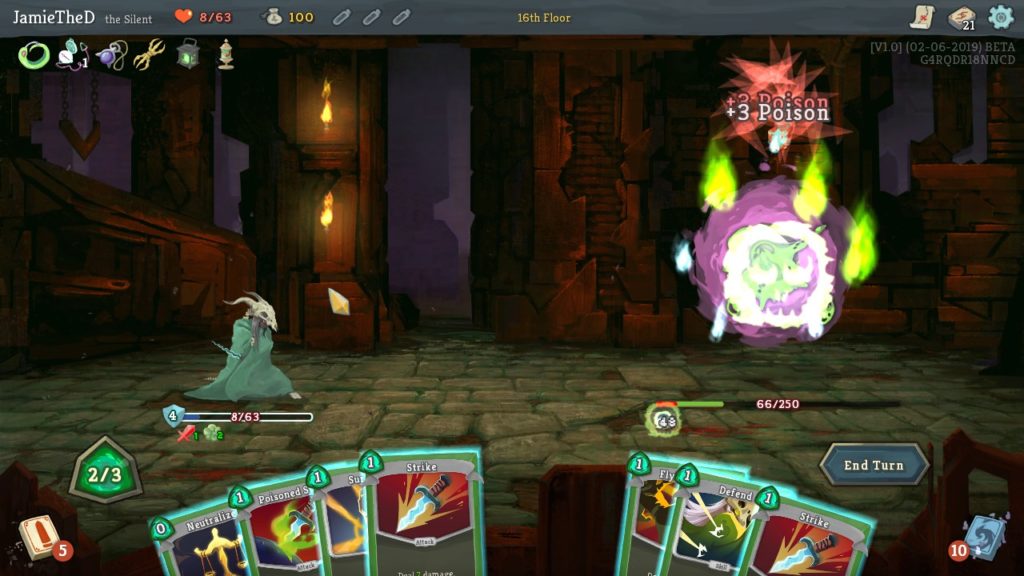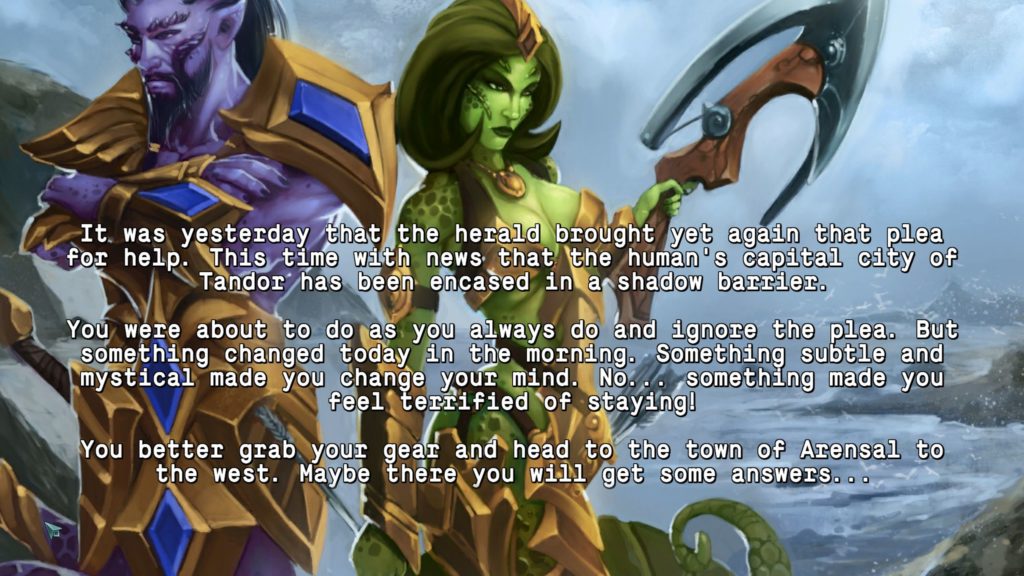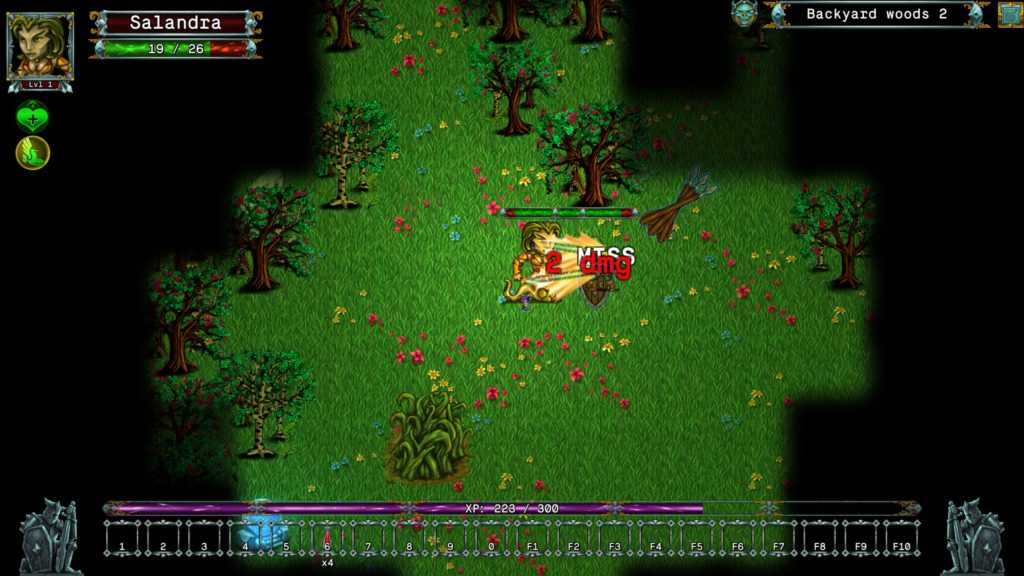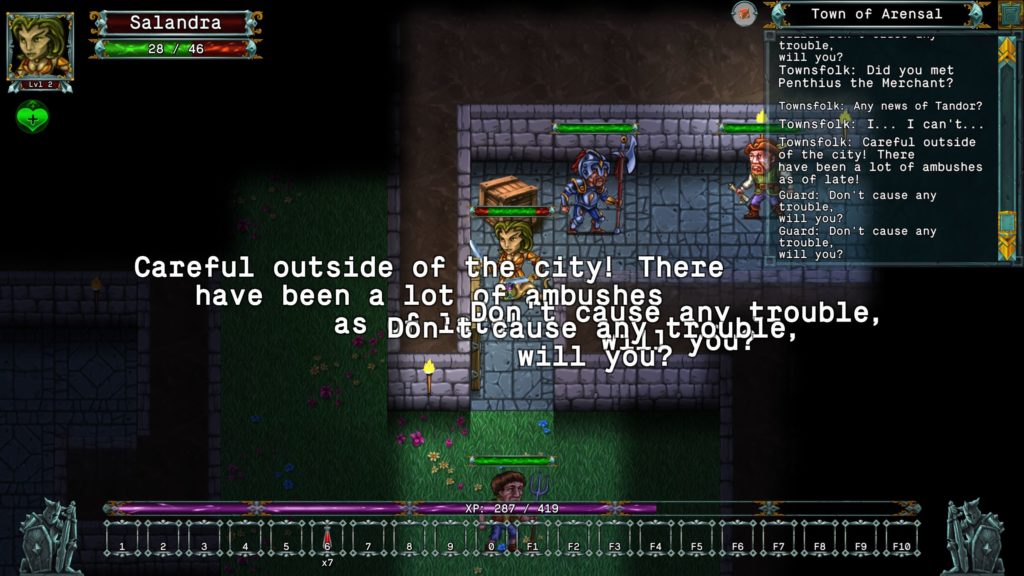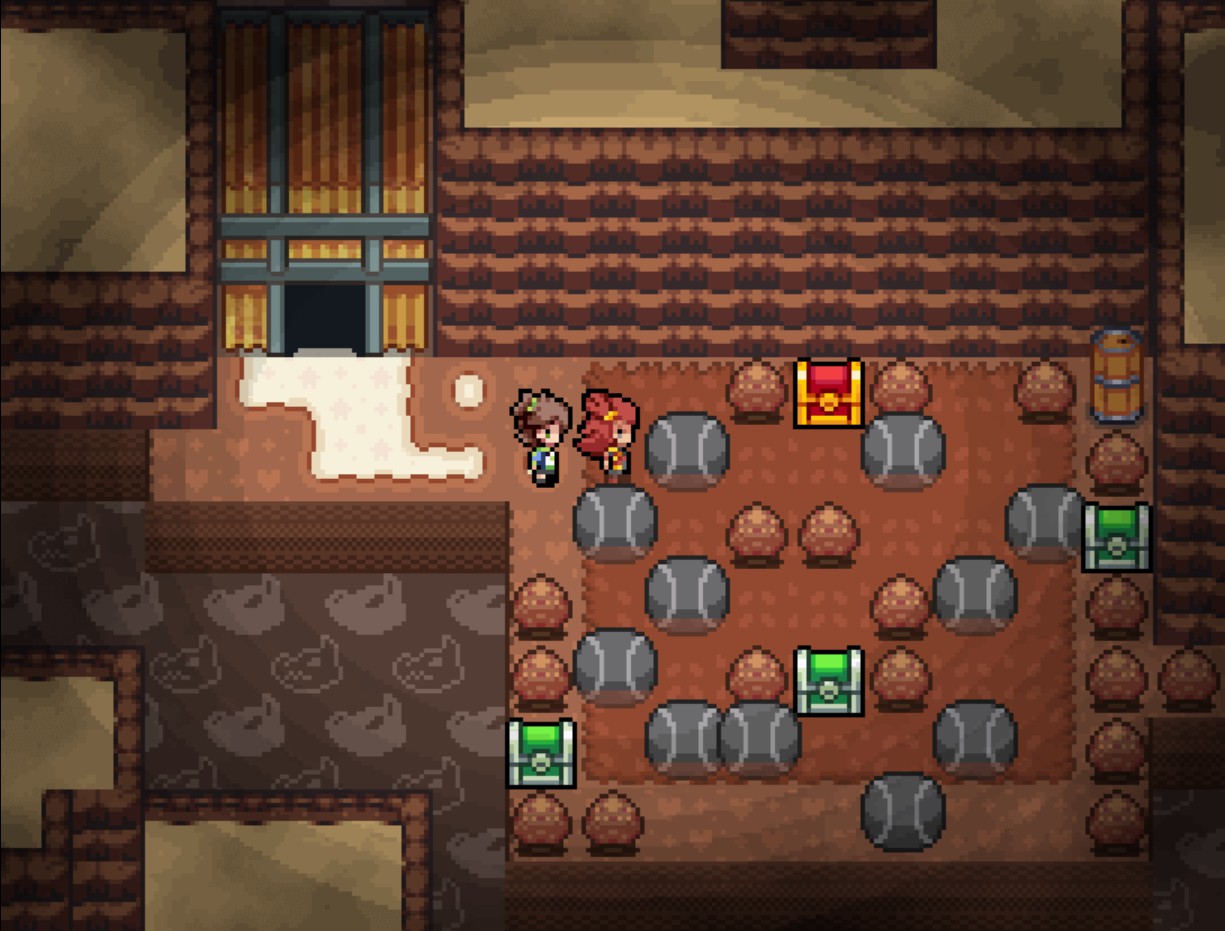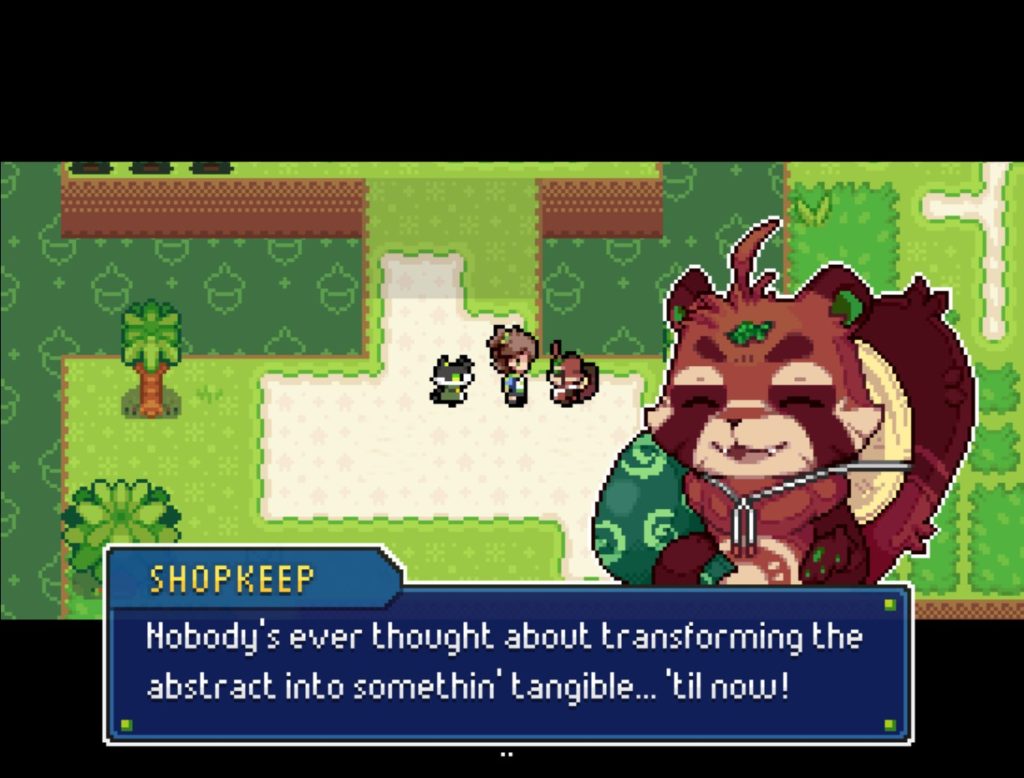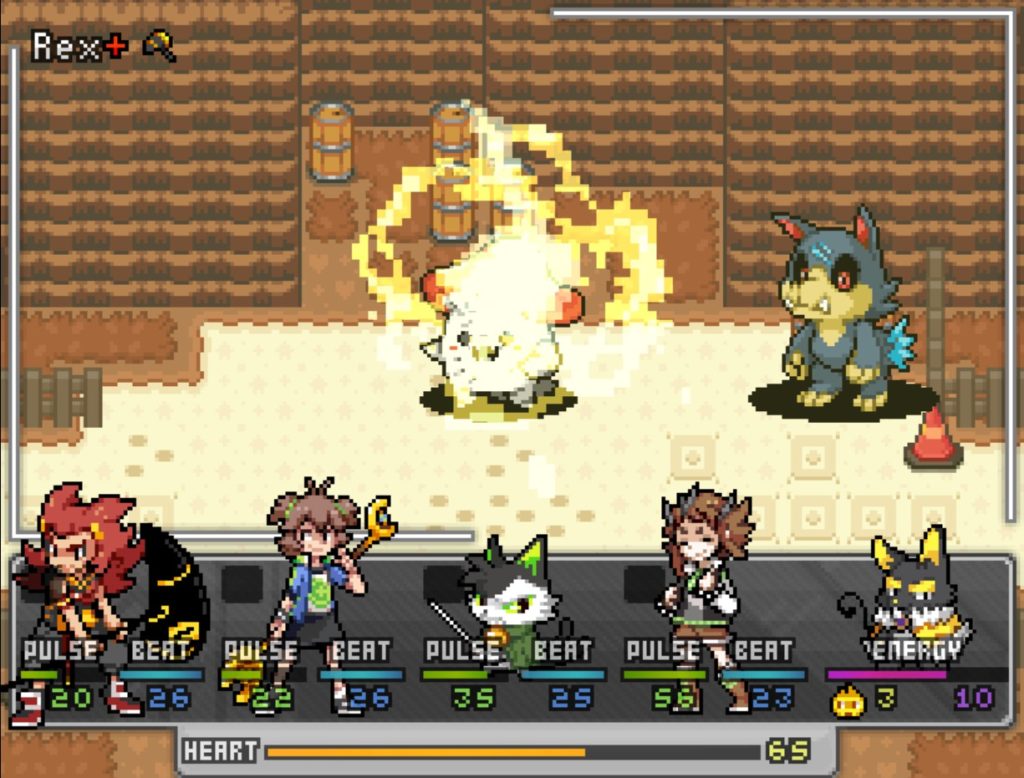Thea 2: The Shattering (Early Access Review)
Source: Cashmoneys
Price: £19.99
Where To Get It: Steam
Other Reviews: Release
Survival 4X. Not words you generally hear, those. And a big part of that is that a 4X, itself, isn’t easy to balance. Adding survival elements, narrative elements, and quest elements can make that process more painful.
Such, so far, is the case with Thea 2: The Shattering. A sequel to Thea 1, which had similar mechanics and themes, Thea 2 is a 4X where your small group must survive, grow, and survive as long as possible, hopefully to find some solution to the Shattering, the death of the world.
Yeah, about that… Good luck with it. See, there are two mandatory types of resource for survival, and if you do not have those anywhere within range, your options are fatally limited.
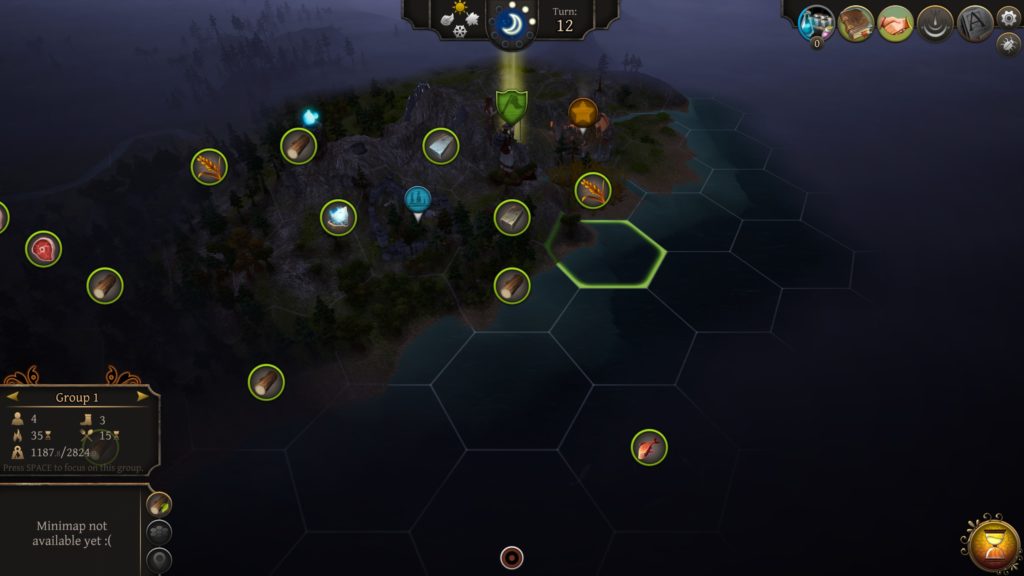
You start with some food, and surviving for enough turns on Normal difficulty will earn you God Points, which can be used to get extra benefits on start, but even with those… Currently, surviving even the early game is a painful, frustrating slog. Sometimes, it’s because you can’t find a good camp-site anywhere nearby, and have to subsist, while the world and its inhabitants do their best to wear you down through random events (often hostile), wandering monsters and lairs (most hostile at night), and events that you want to complete for better resources, but not winning those events will likely lead to the death of group members, which, considering how few events give you group members (even fewer if you are all of one gender, as sometimes happens), is a lingering death sentence all of its own.
Find somewhere to camp, and, on the one hand, you now have somewhere to stay, that can support you within its (limited) range as you scavenge and adventure. The downside being that you still have the hostile events, beasts, limited replenishment, and whatnot, with not being able to take everybody adventuring, and… Well, should you lose adventurers out of range, well, that’s a different kind of slow, lingering death.
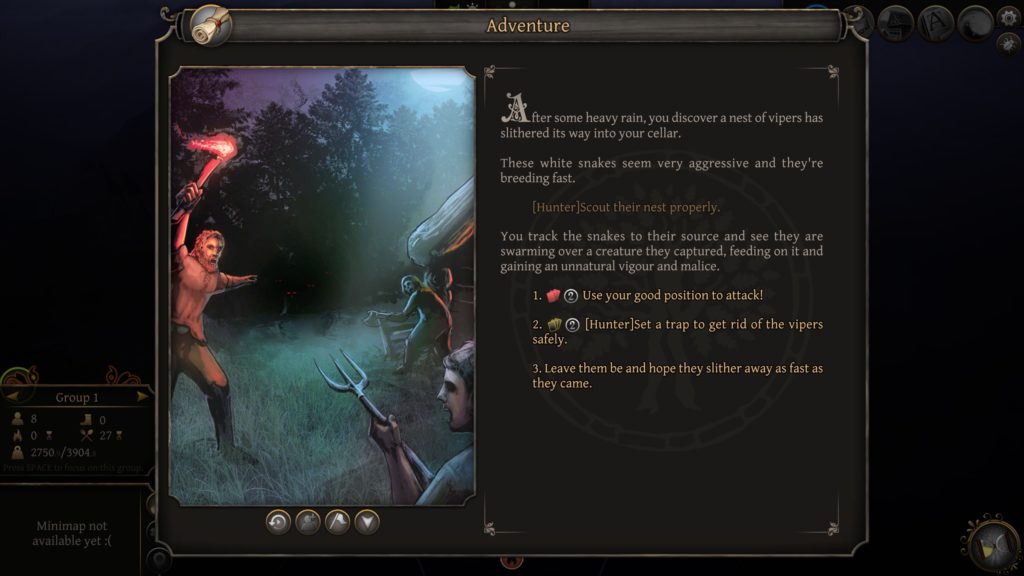
There’s a lot of slow, lingering death here, is basically what I’m getting at. And part of this feels like conflicting directions of play, neither of which, at the present stage, feel balanced or complete. Quests demand that you wander, as does diplomacy with the other factions present, but once you settle down, your ability to complete those quests safely drastically goes down, even as you have achieved relative safety for your camp. At the same time, proper crafting and gathering, cooking, researching and rituals all demand a campsite, but that diminishes your ability to further the storyline. The game wants to deal with a small group, that much is clear. But it also wants you to roam free, which is only do-able after a lot of safety ensuring at the campsite to start with.
In essence, each play direction (both necessary for completion) brings down the other. And the frustrating part is that I’m sure there could be a balance between the two that changes it from what it currently is (Slow, frustrating, and often involving slow deaths where it’s much easier to cash in what few God Points you have, if any, before the game finishes its slow descent into “Everyone has died.”) to something genuinely interesting.
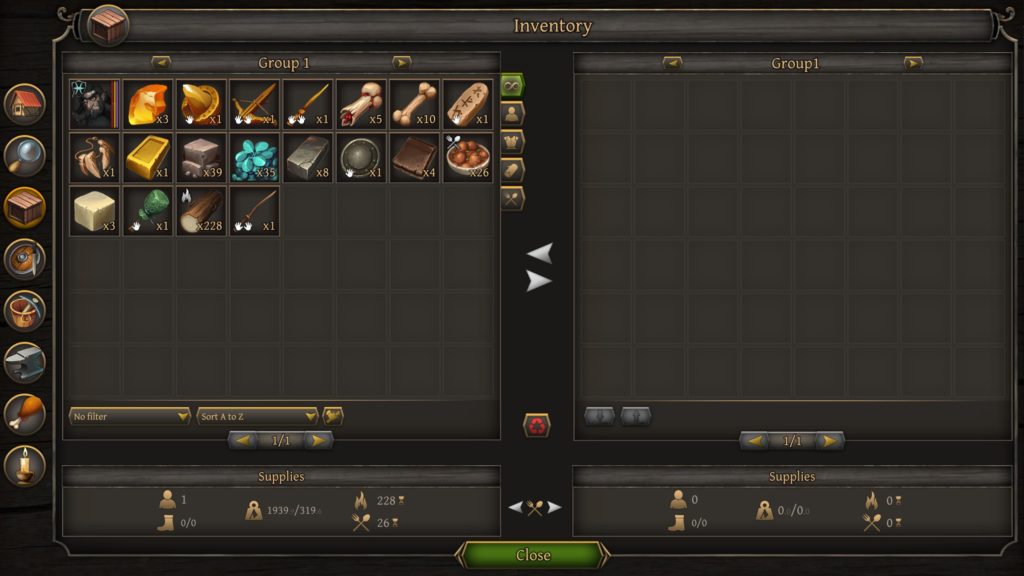
And, make no mistake, there are hints of something interesting here. There’s an interesting, Russian myth inspired fantasy world. There’s some solid hand-painted visuals, and, aside from the camp screen being a little cluttered and hard to decipher at first, it tooltips well. Its controls still have some issues (Mostly movement/selection frustrations, and the practice of making a second group a little more tedious than it needs to be), and, being an early access title, there’s been some particularly odd bugs (such as scavengers vanishing from trying to harvest a resource that simultaneously exists on the map, but presumably doesn’t in the code somewhere), but it shows promise. The problem being that the promise is currently obscured by imbalanced play goals, “Normal” difficulty still being a pretty harsh early game (Once the early game is passed, it gets somewhat easier), and nothing that prevents or even ameliorates a death spiral that I can see.
As such, Thea 2 is currently a game I want to like. But it’s not really letting me.
The Mad Welshman doesn’t really have much to add, unfortunately. It’s interesting, but distinctly unfriendly right now.

